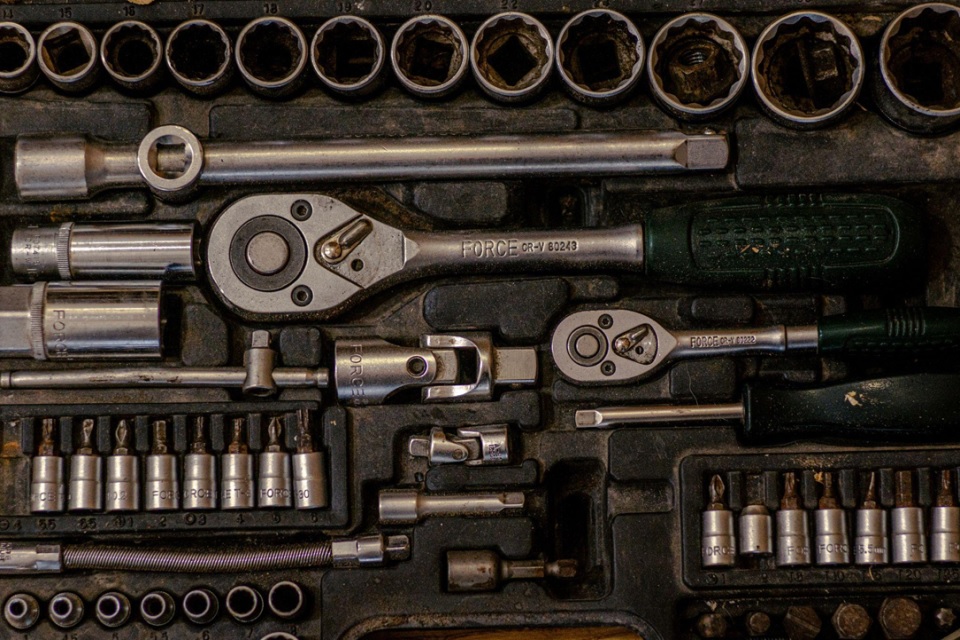AC Repair refers to the process of troubleshooting and repairing an air conditioning unit to restore functionality.
While most issues are relatively minor with easy solutions available, if left unaddressed they could escalate into more serious problems that endanger its functionality completely.
Dirty Air Filters
Filters that have become dirty restrict airflow and force the system to work harder, placing strain on its components and leading to premature wear and tear on blower motors.
Filters that have become dirty over time collect contaminants like dirt particles, dander, odors, and bacteria that can make people with allergies or asthma sick. You can learn more by clicking the link. Therefore, it is imperative that air filters be regularly maintained and replaced in order to ensure the well-being and comfort of all in the family.
Maintaining healthy AC filters can prevent costly repairs and ensure optimal functioning. At least every 30 days or whenever they become dirty, change out your filter.
Filters that become clogged allow dust and debris to enter the indoor unit and cause further damage, including frost build-up on cooling coils or fans that in turn leadto frost damage to your air conditioning unit.
As well as driving up your energy bill, a dirty air filter may create other issues in your home.
It may lead to uneven heating or cooling between rooms; make the air feel stagnant; or allow pollutants into the home via ventilation ducts, potentially creating respiratory conditions or mold growth in ductwork.
Dirty Condenser Fins
Dirty condenser coils can impede the proper function of your AC system.
Air conditioning coils absorb heat, transport it away, and transfer it back out into the atmosphere to keep your home cool. Clogged and dirty coils impede refrigerant from doing its job effectively – forcing your air conditioner to work harder and hotter, increasing electricity bills exponentially in response.
An outdoor AC condenser coil that is properly maintained will perform its cooling function more efficiently, cutting energy costs and prolonging its lifespan. A professional performing AC repair in Canal Winchester, OH can ensure all components of your system are in proper working order – including its condenser coil. This can help prevent any further damage.
Aluminum fins of the condenser coil can become bent by falling leaves, lawn mower blades, and intense winds, with only limited repairs achievable using a metal-tined fin comb to correct small areas of crushed fins.
 Dirty Evaporator Coil
Dirty Evaporator Coil
Your indoor air handler’s evaporator coil absorbs heat from conditioned air that circulates throughout your home, so dirt on its evaporator coil can inhibit its ability to do this effectively and cause refrigerant to freeze inside it – leading to strain on its system and possibly permanent damage.
Maintain a clean evaporator coil by regularly switching out air filters and scheduling professional AC maintenance visits, to help keep debris at bay and avoid further problems down the line.
If your evaporator coil becomes dirty, there are a few telltale signs to look out for. First off, your system may start cycling more frequently than normal, which could result in higher utility costs than expected.
Ice formation on an evaporator coil is another telltale sign of its disrepair and will prevent your air conditioner from cooling your home effectively.
To properly clean an evaporator coil, it must be accessible. This requires removing both the outer casing and top cover of your air conditioner and turning off all power to it first before undertaking repairs or cleaning attempts.
A soft-bristled brush should be used to access all areas without damage to its surface.
Dirty Thermostat
The thermostat is the brain of your HVAC system. Like any piece of electronic equipment, thermostats may become dysfunctional for several reasons; most often due to dirty sensors or housings. Therefore, keeping the thermostat clean will ensure a more effective running AC. You can click the link: https://www.youtube.com/watch to learn more.
To clean your thermostat, first turn off its power source. After that, carefully remove its cover to access its inner workings – depending on its type this could require unscrewing screws or simply sliding off.
Use compressed air or a brush to clear away dust from these inner parts before gently wiping over any temperature sensors with cotton swabs or a cloth to clean them off. Then reattach their covers and turn back on the power source.
If your thermostat still seems unreliable, a battery change could be an easy and inexpensive fix to help it work better. Do this twice every year before and after seasons change.
Loose or corroded wiring could also cause issues; in these instances, it would be wise to contact a certified electrician as they will have all of the tools and experience required for wiring your thermostat properly.


